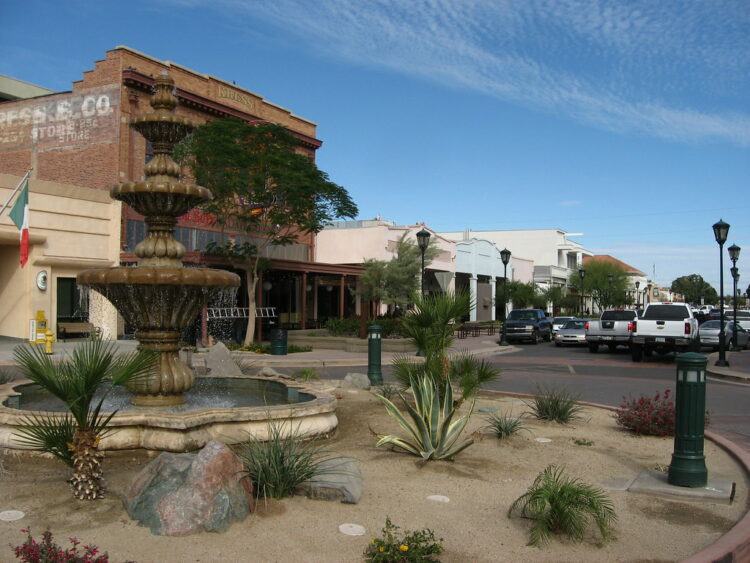
The United States, with its vast and diverse landscapes, is home to some of the most extreme and bizarre weather patterns in the world. From scorching deserts to icy mountain peaks, these destinations experience conditions that are as unpredictable as they are fascinating. Here are 15 U.S. destinations where the weather can surprise you in the most unexpected ways.
Death Valley, California
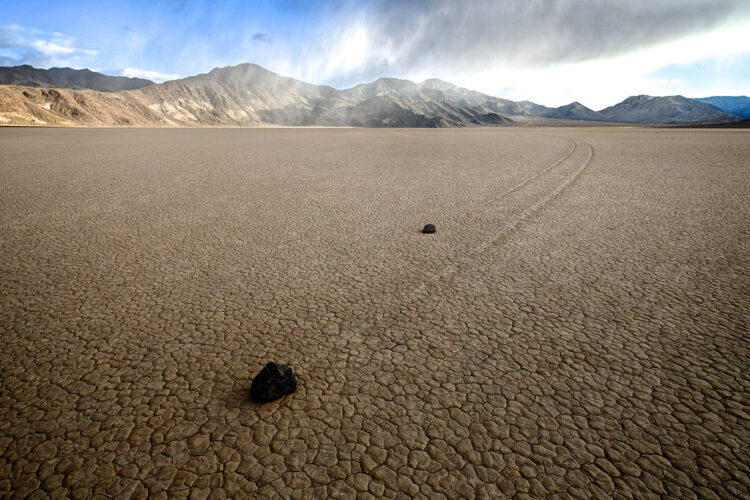
Death Valley is infamous for being the hottest place on Earth. On July 10, 1913, it set the world record for the highest temperature ever recorded at 134°F (56.7°C). What makes this desert landscape even more bizarre is the stark contrast in temperatures between day and night; it’s not uncommon for the temperature to drop by as much as 50°F overnight. Despite the extreme heat, Death Valley occasionally experiences rare rainstorms, which can lead to flash floods.
Mount Washington, New Hampshire
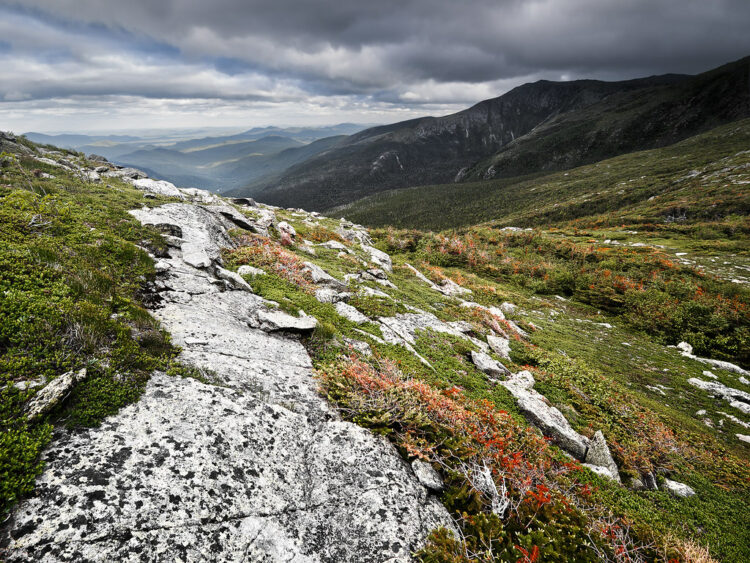
Standing at 6,288 feet, Mount Washington is notorious for its exceptionally severe weather, earning it the nickname “Home of the World’s Worst Weather.” On April 12, 1934, the summit recorded a wind speed of 231 mph, which held the world record for the fastest surface wind speed observed by man until 1996. The mountain’s location at the convergence of several storm tracks means it experiences frequent and rapid weather changes, from heavy snowfalls to dense fog.
Tornado Alley, Central U.S.
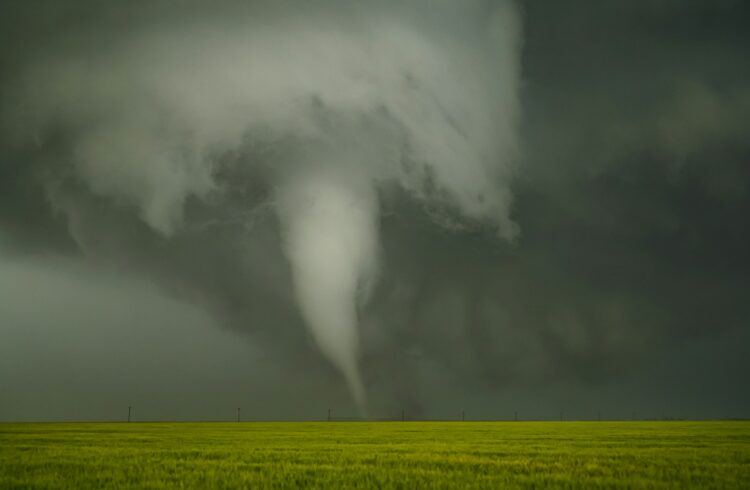
Stretching from Texas to South Dakota, Tornado Alley is a region where conditions are just right for the formation of tornadoes, making it the most tornado-prone area in the world. The flat terrain and unique atmospheric conditions in this area cause frequent and often severe tornado outbreaks, with some storms producing multiple tornadoes at once.
Fairbanks, Alaska
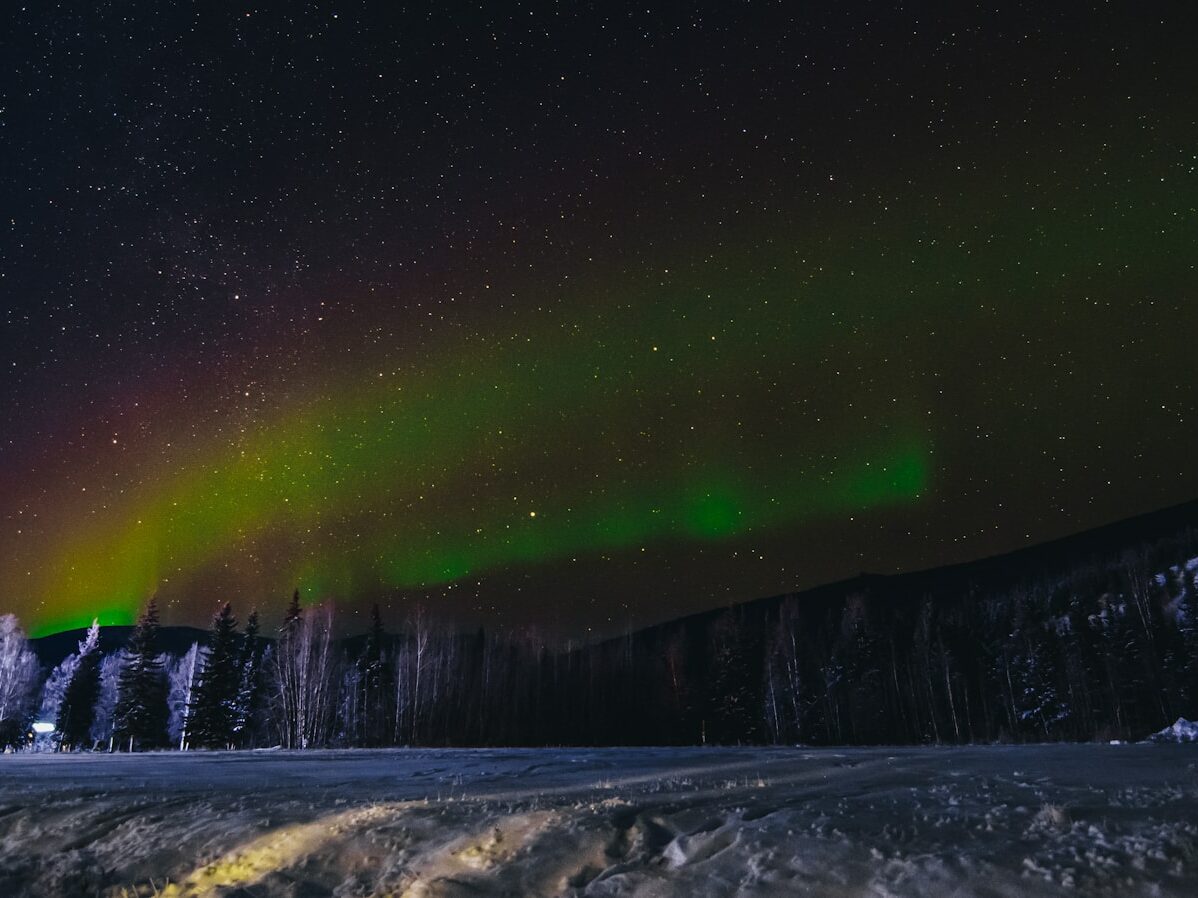
Fairbanks experiences some of the most extreme temperature variations in the U.S., with winter temperatures plunging to -50°F (-45.5°C) and summer highs reaching up to 90°F (32°C). Additionally, Fairbanks experiences dramatic changes in daylight due to its high latitude. During the winter, the city experiences nearly 24 hours of darkness, while in the summer, it enjoys almost 24 hours of daylight.
San Francisco, California

Known for its microclimates, San Francisco’s weather can change dramatically over short distances and time periods. It’s not uncommon for one neighborhood to be sunny and warm while another is foggy and cool. The city’s famous fog, affectionately named “Karl,” often rolls in from the Pacific Ocean during the summer months, enveloping the city in a thick, cool mist.
Key West, Florida
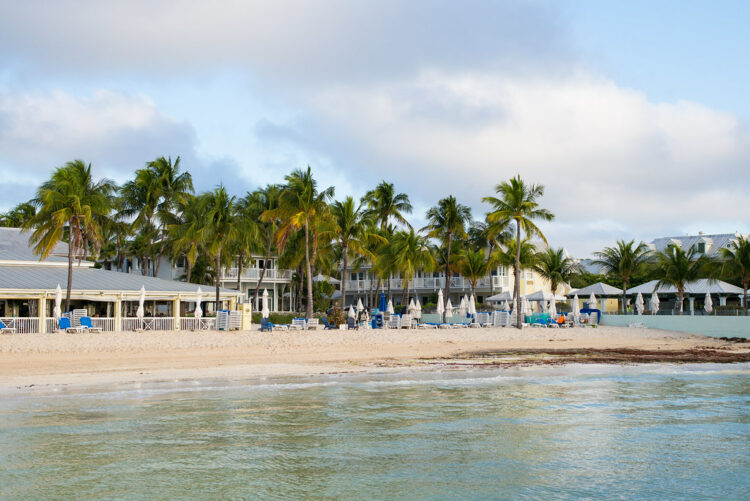
Key West offers a tropical paradise with a twist—it’s highly susceptible to hurricanes. Located at the southernmost point of the continental U.S., this location is frequently in the path of powerful tropical storms and hurricanes that sweep through the Gulf of Mexico. Despite the constant threat of severe weather, Key West remains popular due to its year-round warm temperatures and beautiful beaches.
Great Salt Lake, Utah
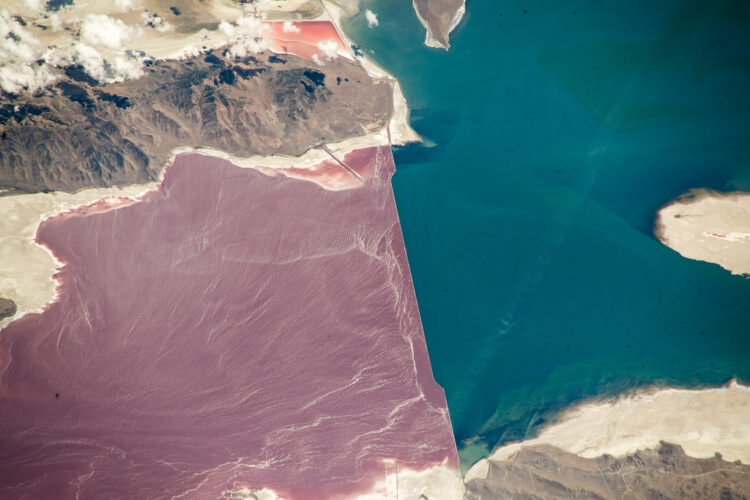
The Great Salt Lake creates unique weather patterns due to its high salinity and shallow depth. One of the most notable phenomena is lake-effect snow, where cold air passing over the warmer lake water picks up moisture, resulting in heavy snowfall on the lake’s eastern shore. This can lead to intense snowstorms that drop several feet of snow in a short time, creating treacherous conditions for visitors caught off guard.
Phoenix, Arizona
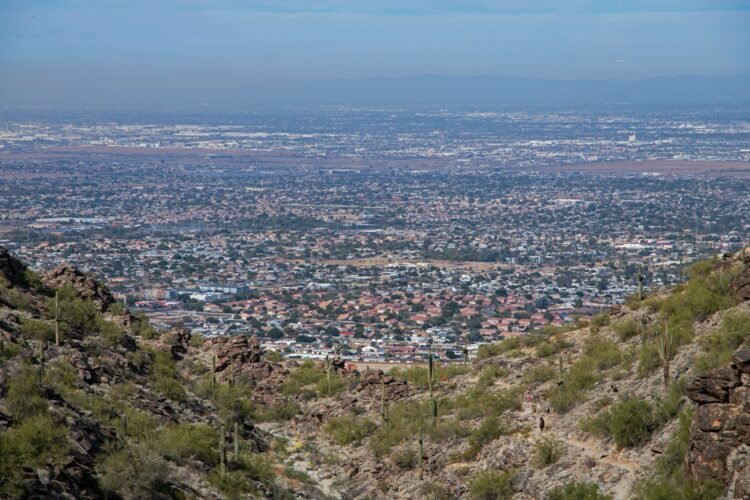
Phoenix is one of the hottest cities in the U.S., with summer temperatures regularly soaring above 110°F (43°C). However, what makes Phoenix’s weather particularly bizarre is the occurrence of monsoon storms during the summer months. These storms can bring sudden, intense rainfall, lightning, and powerful dust storms known as haboobs, which can reduce visibility to near zero.
Buffalo, New York
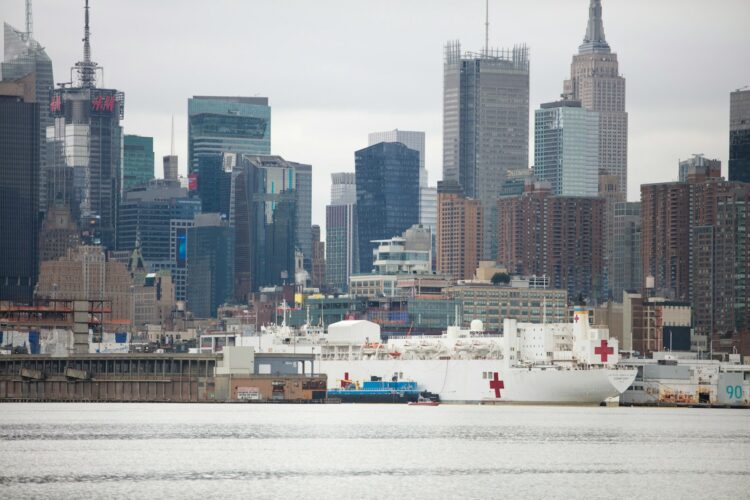
Buffalo is infamous for its lake-effect snow, which happens when cold air moves over the relatively warm waters of Lake Erie, picking up moisture and placing it as snow on the downwind shore. This phenomenon can result in staggering amounts of snowfall in a short period, sometimes over six feet in a single storm. The heavy snowfalls have earned Buffalo a reputation as one of the snowiest places in the U.S.
Hilo, Hawaii
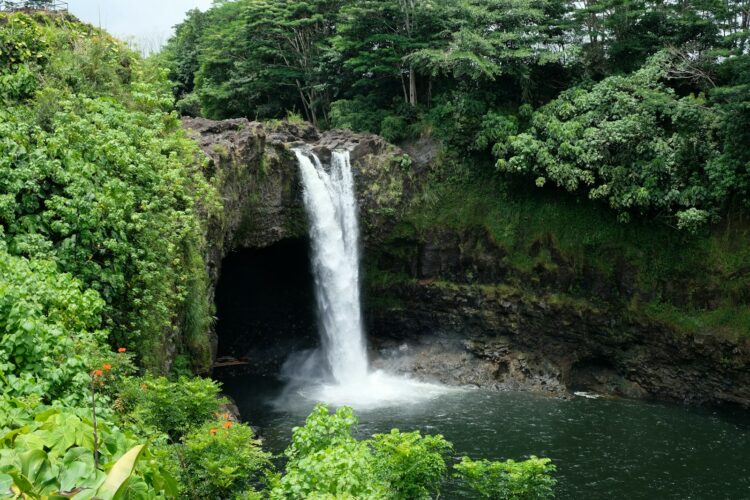
Hilo, located on the Big Island of Hawaii, is one of the rainiest cities in the United States, receiving an average of over 130 inches of rain annually. Despite this, Hilo maintains warm temperatures year-round, creating a lush, tropical environment. The constant rain supports vibrant flora and fauna but also poses challenges, such as frequent flooding and landslides.
Barrow (Utqiaġvik), Alaska

As the northernmost city in the U.S., Barrow experiences some of the most extreme polar weather conditions. For about 65 days each winter, the city is plunged into complete darkness during the polar night. Conversely, in the summer, Barrow experiences 84 days of continuous sunlight, known as the midnight sun. These extreme periods of darkness and light, combined with frigid temperatures and strong winds, create a unique and challenging environment that few other places on Earth experience.
Rapid City, South Dakota
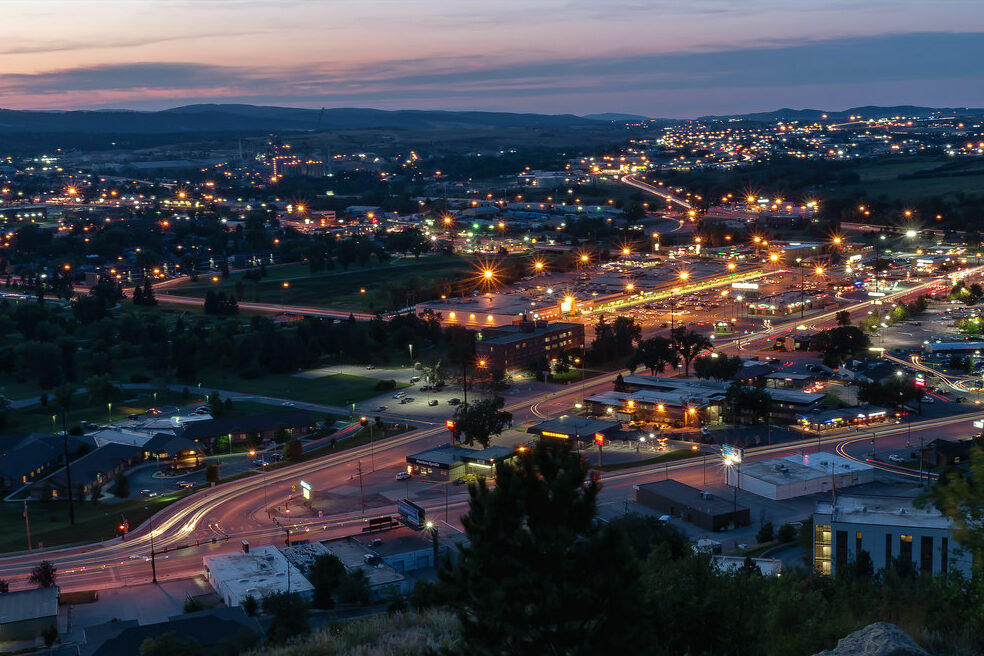
Rapid City is known for its highly unpredictable weather, where temperatures can fluctuate dramatically within a single day. Located near the Black Hills, the city is influenced by its unique geography, which can cause sudden changes in weather. For instance, it’s not unusual for Rapid City to experience a sunny morning followed by a snowstorm in the afternoon, with temperature swings of up to 40°F in just a few hours.
Yuma, Arizona

Yuma holds the title of the sunniest place in the United States, with sunshine nearly every day of the year. It also receives the least amount of rainfall, averaging just three inches annually. The relentless sun and extreme dryness create a desert climate that’s as harsh as it is beautiful. Yuma’s weather is a study in extremes, where the scorching heat and arid conditions dominate the landscape, making it one of the most intense environments in the country.
New Orleans, Louisiana
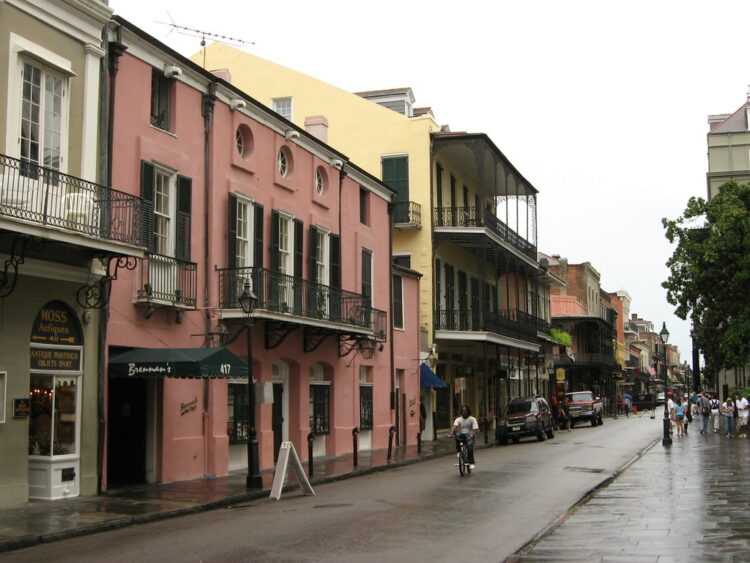
New Orleans is characterized by its high humidity, frequent rainfall, and the constant threat of hurricanes. Situated below sea level and surrounded by water, the city is particularly vulnerable to flooding, as tragically demonstrated by Hurricane Katrina in 2005. The combination of oppressive heat, frequent storms, and the looming danger of catastrophic weather events creates a climate that’s as challenging as it is unique.
Chicago, Illinois
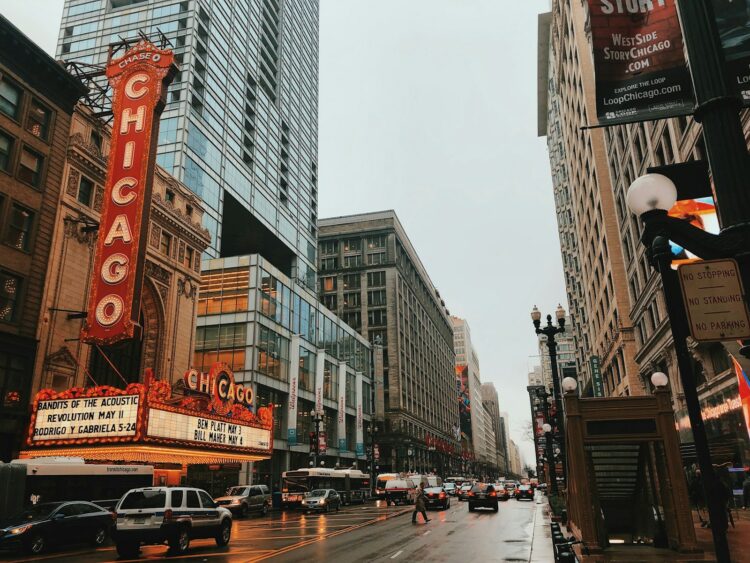
Chicago, often called the “Windy City,” is known for its strong winds that whip through the city, especially in the winter. The city’s weather is marked by sharp contrasts—brutal winters with heavy snow and freezing temperatures, followed by hot, humid summers. Chicago’s location on the shores of Lake Michigan further complicates its weather, as the lake can cause sudden changes in temperature and wind patterns.

